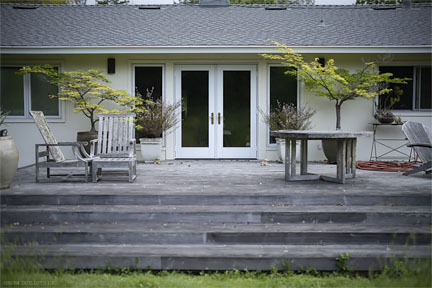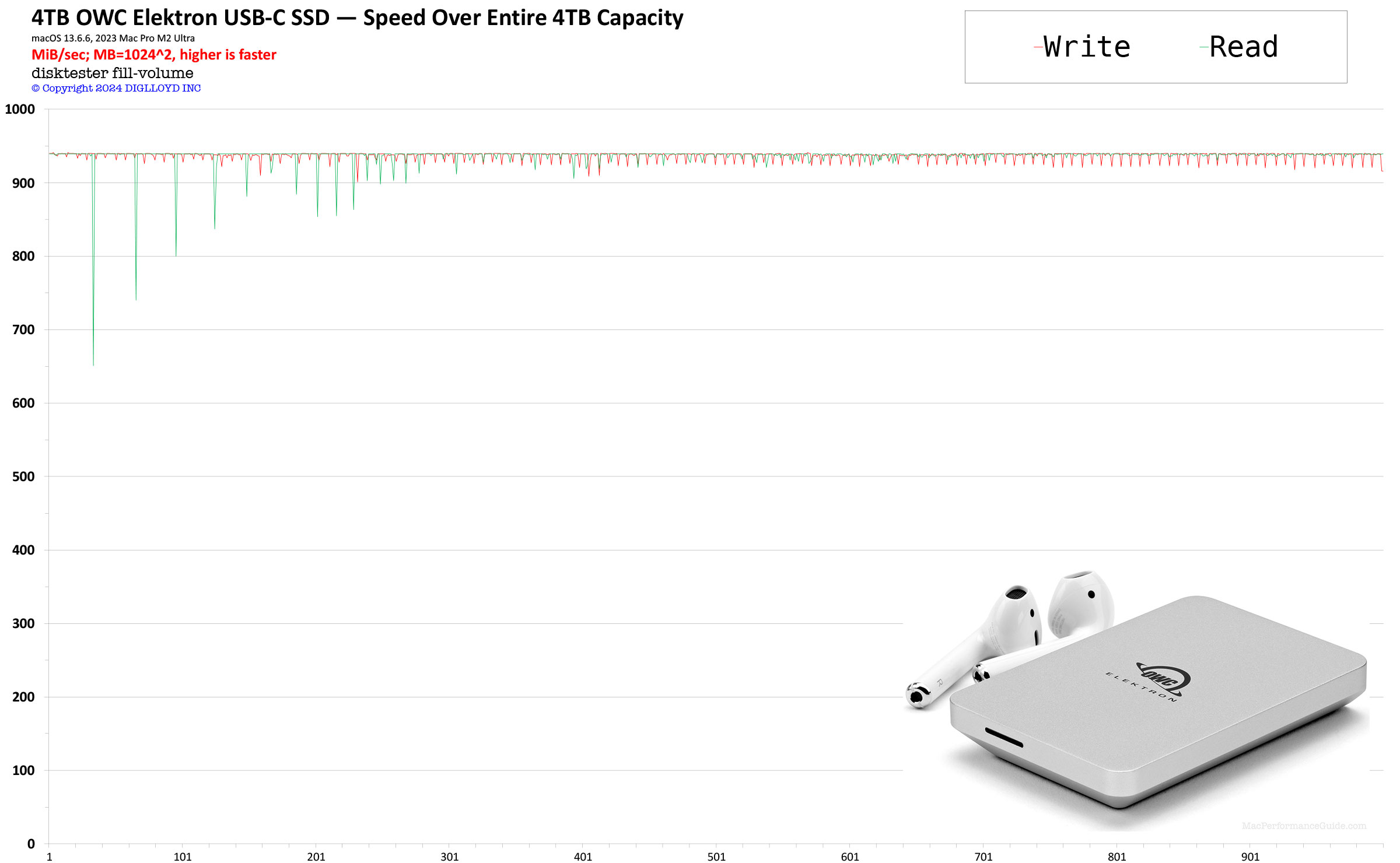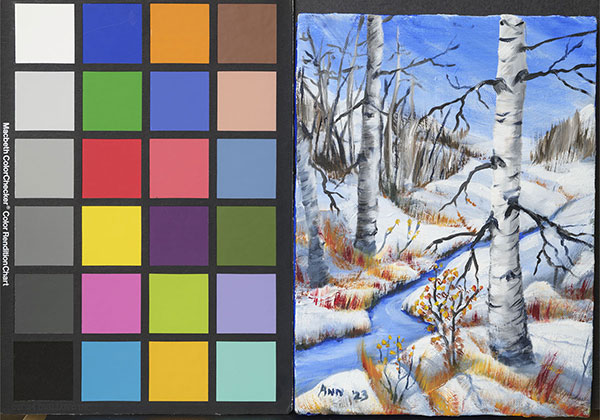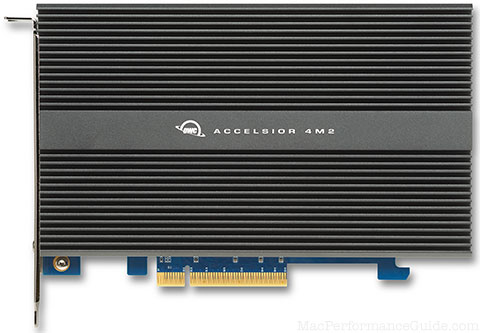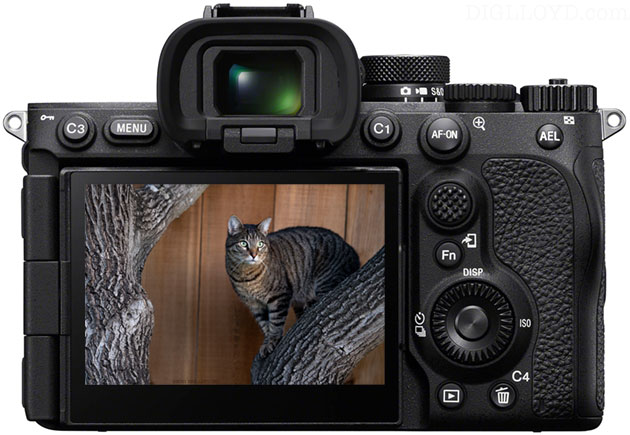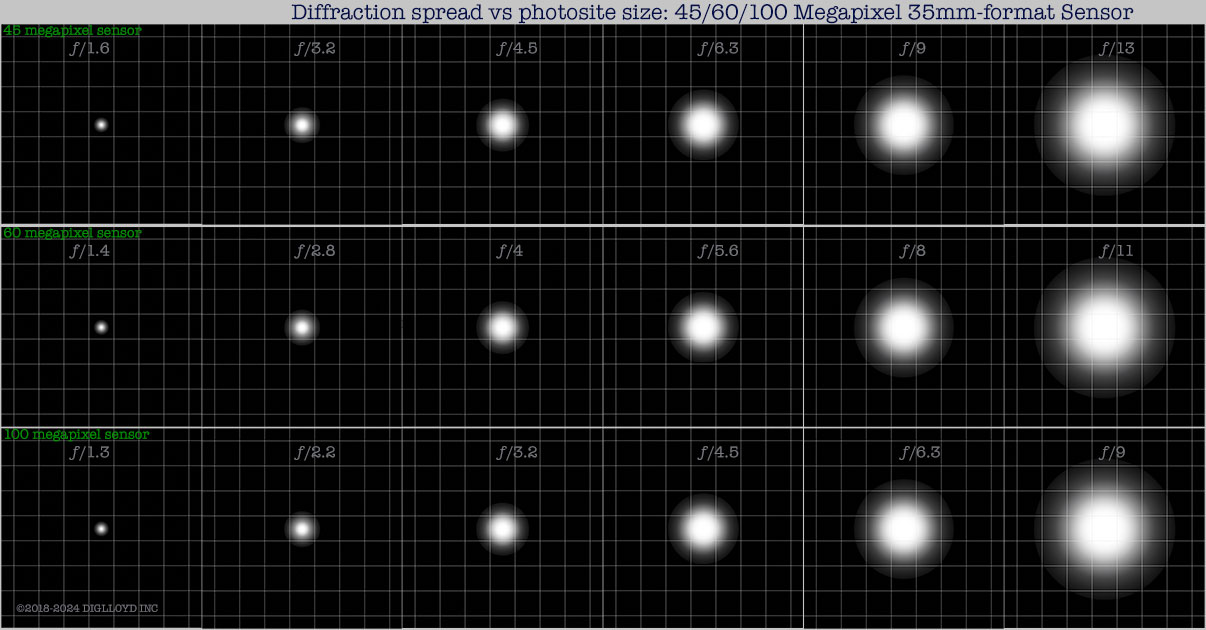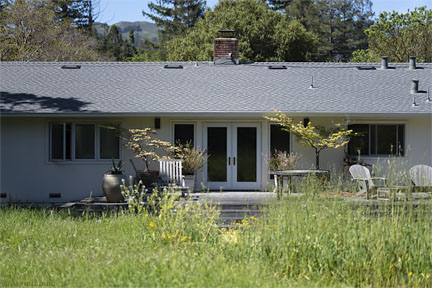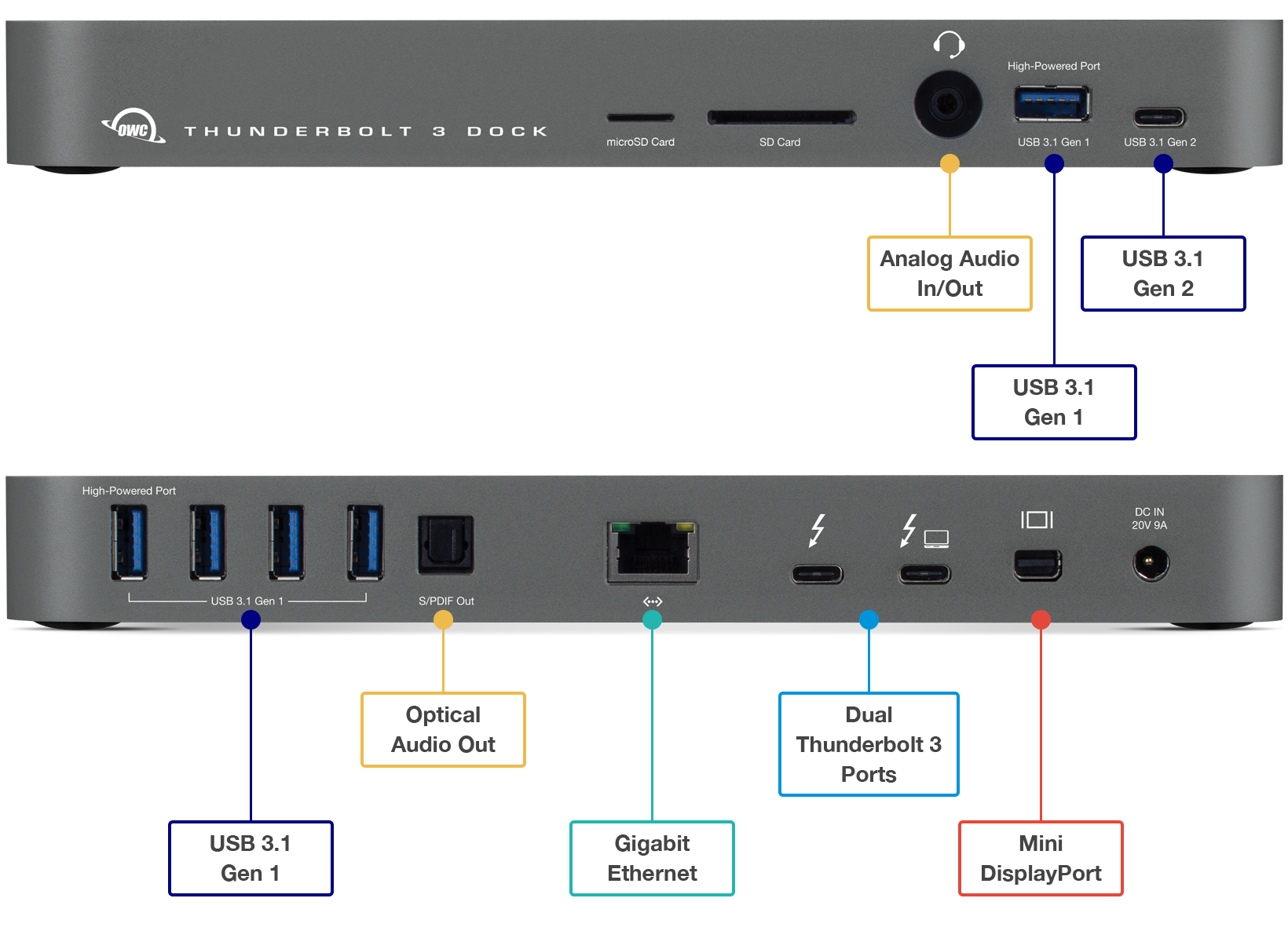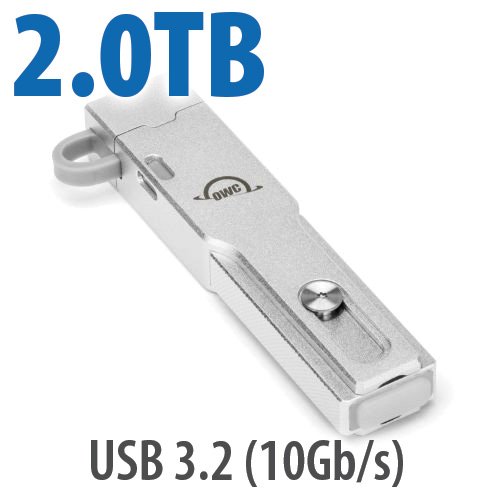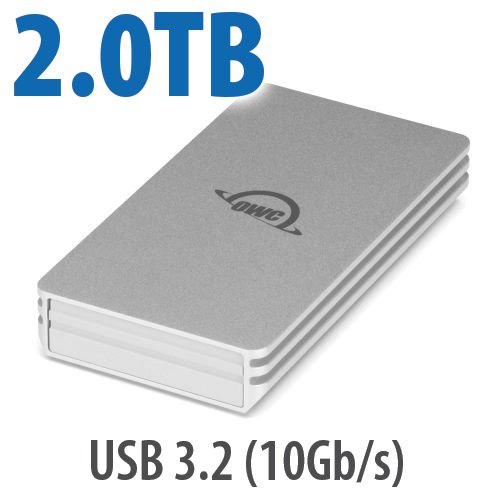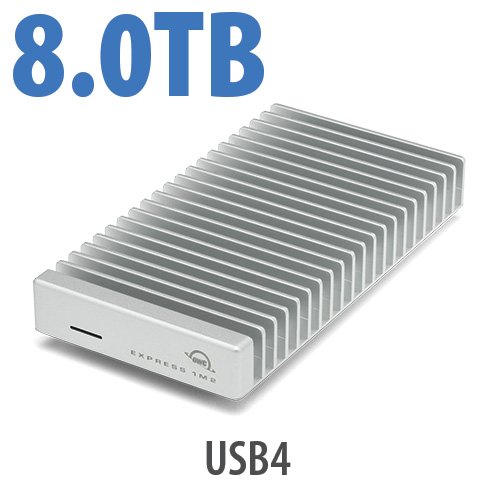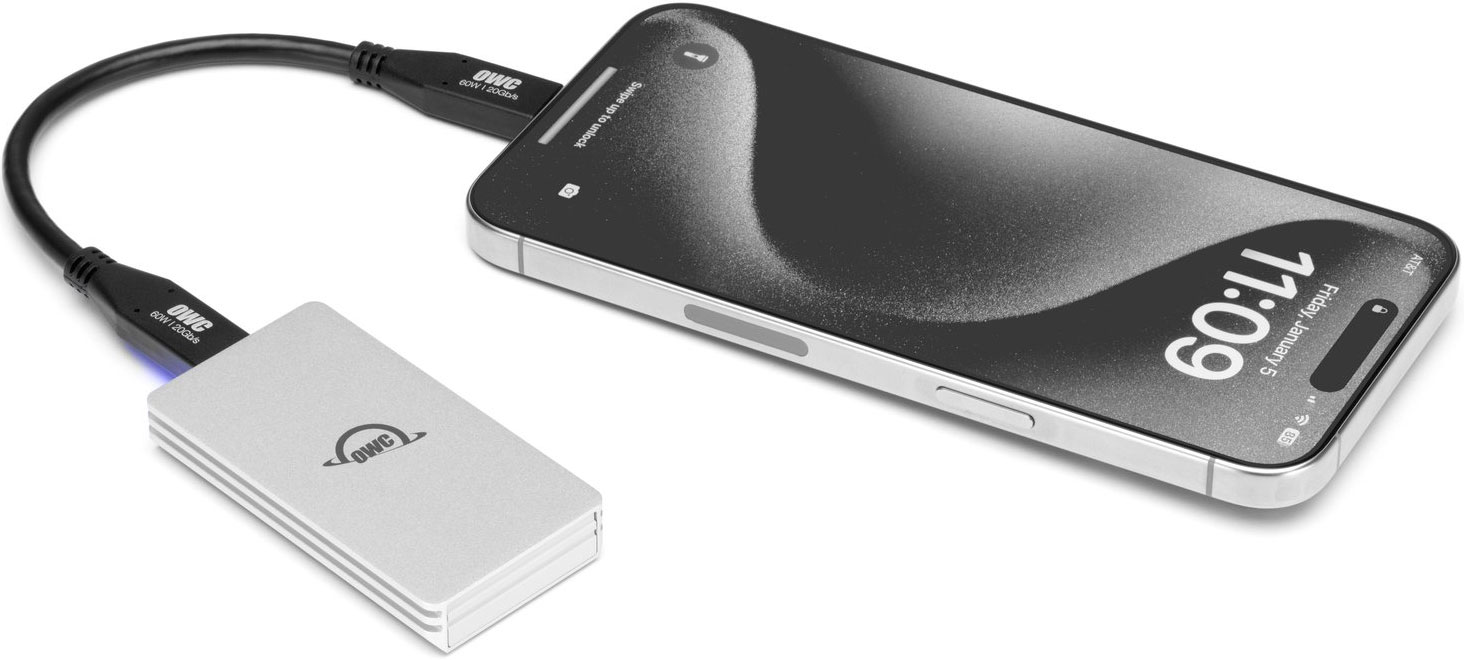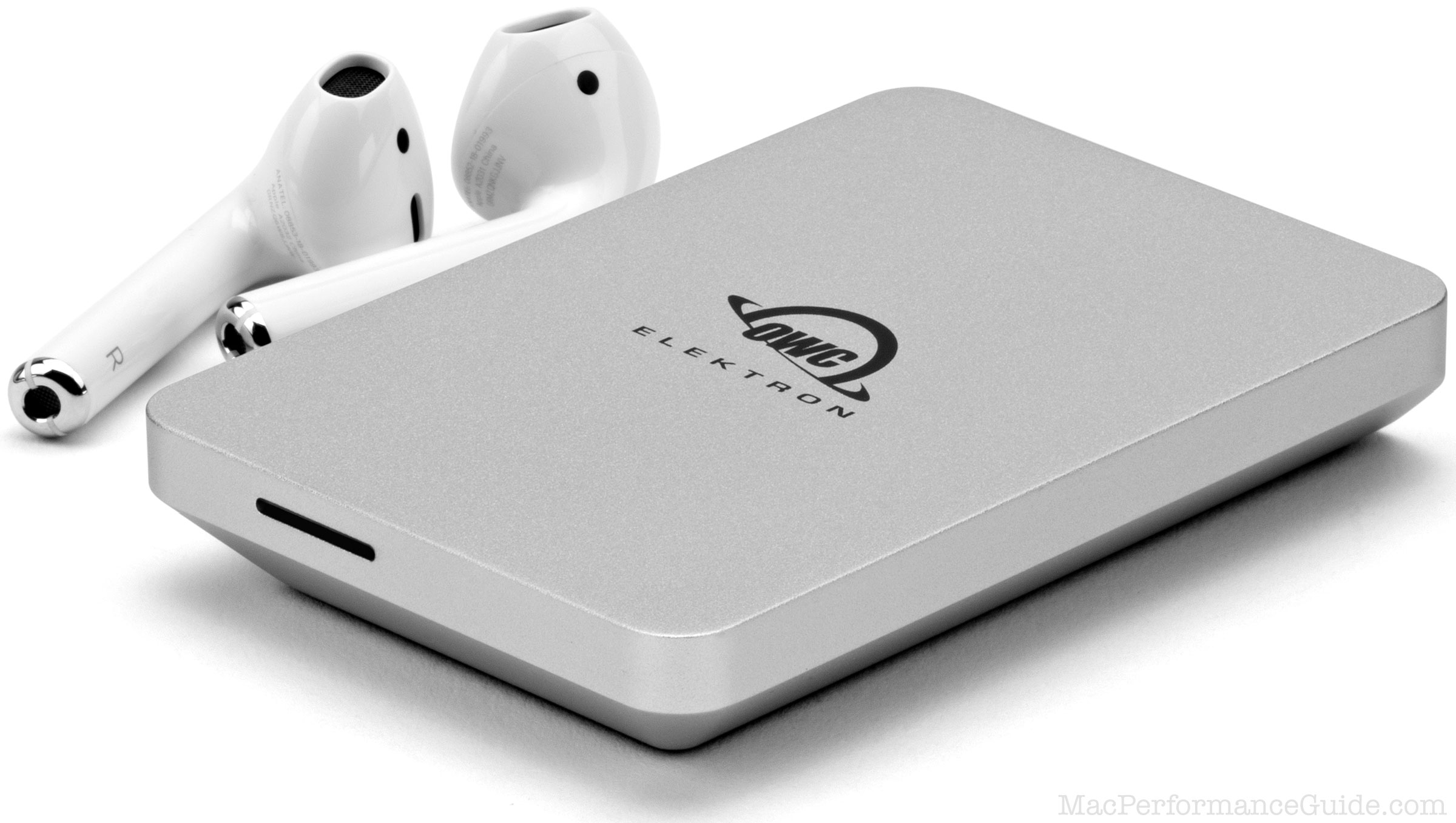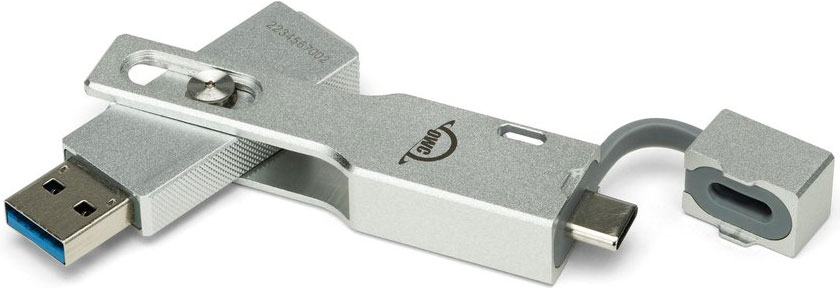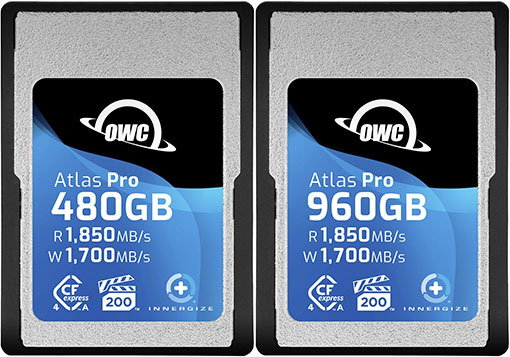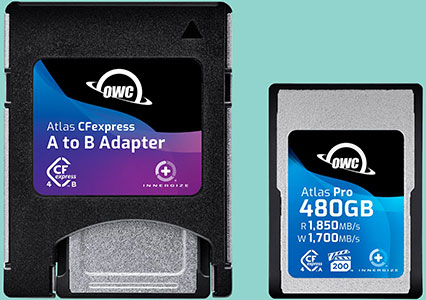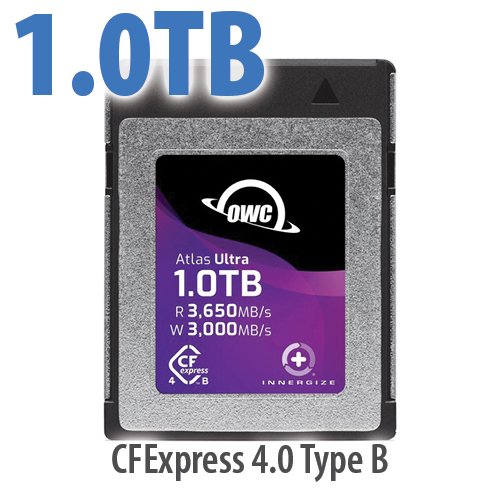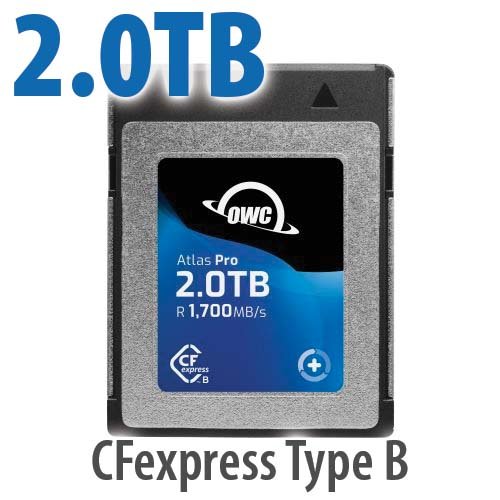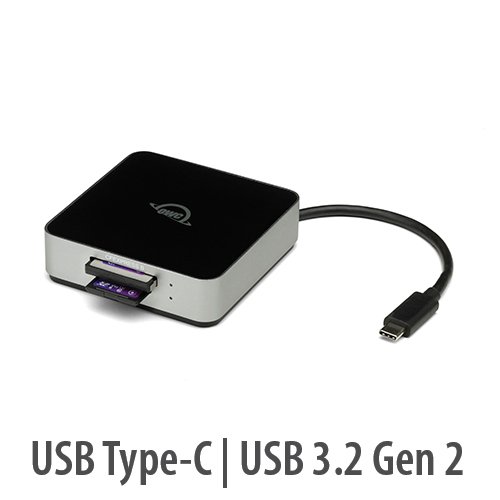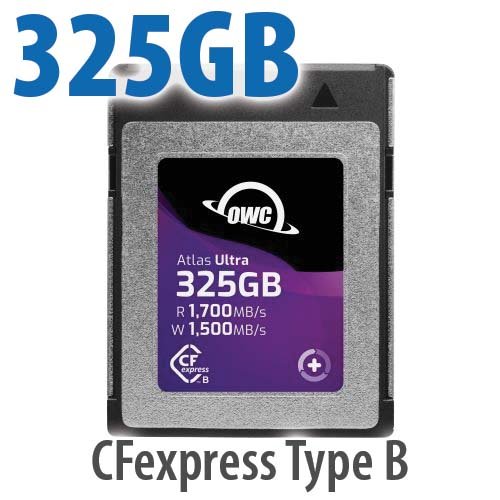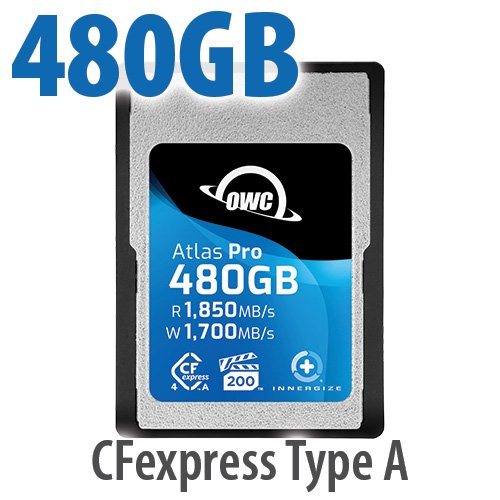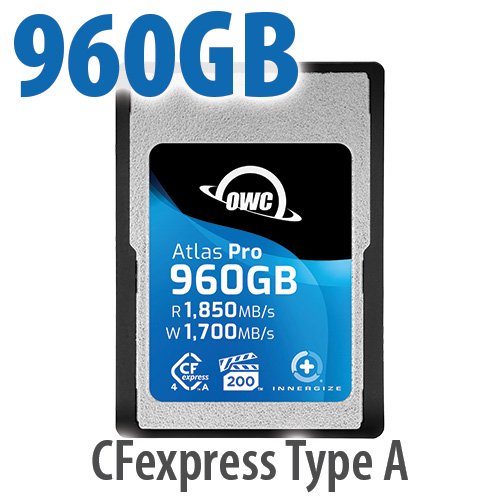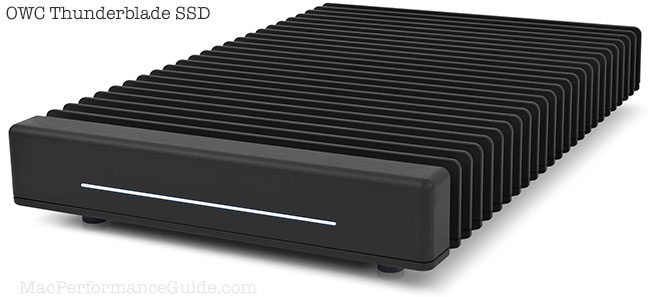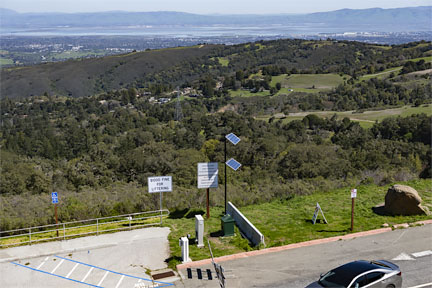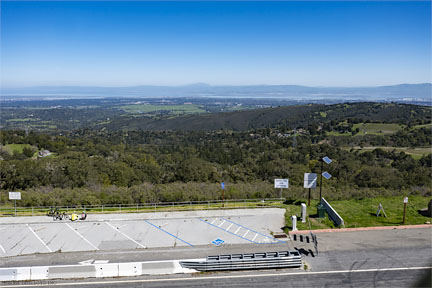I’m not sure what’s going but I’m having trouble with my Fujifilm GFX100 II. I updated it to the very latest firmware version 2.10, and did one shoot, no issues.
But a day later, I turned it on and the EVF is a mess like an old TV set that has no signal—noisy with dancing lines. This has occurred several times when I turned on the camera. I detached and reattached the EVF to no avail.
Whether this is a firmware bug or a defective camera or defective EVF I don’t know. But I never had such issues for over a month last fall when I tested the GFX100 II.
I assume you tried all the usual remedies.....clean the contacts of the EVF and the area of the cam it attaches to..... make sure the EVF is secure by removing and reinserting the EVF a number of times... knock the camera into the wall really hard a few times (not really).
Does the cam work normally without the EVF? Obviously if everything does work without the EVF, can you find a cam store with a vertical EVF or an older GFX that had a removable one (forgot which model).... I think the original had one as well as another.... and try that at least to narrow down the issue.
The simple remedy, assuming it is new, is to return the cam to the dealer for an exchange. If you recall, my first GFX had an alignment issue with the sensor. Since there were no replacements available I sent it to Fujifilm back east and I had a new body with 3 days since I am a Pro member.
DIGLLOYD: yes, I did all the usual things that make sense. Yes the camera otherwise works normally including the rear LCD. It is clearly an EVF thing, suggesting something flaky about the contacts between the EVF and the camera. A reason I generally prefer the unibody design of the GFX100S—sealed and no such issus.
Thing is, with an intermittent problem like this, confidence is lost—it might work fine, then the EVF just fails entirely when 500 miles from home for a weeks-long trip. I can't have that.
I’ll test it out every day for a week—today it was fine—and then when B&H Photo is open on May 1, I’ll see about swapping it out.
While it does look like an issue that might relate to electronic contacts, cleaning contacts on a brand-new camera is not something that makes much sense to me—fresh out of the baggies. If it cannot work right out of the box, no amount of cleaning is going to give me confidence of years or even months of reliable use. But that is the only thing that Fujiflm support had to suggest, confirming it wasn't a known issue. Which seems to rule out firmware bugs. And if that actually worked, it would be a bad sign and just leave me guessing as to whether it is a fluke. More likely it would just contaminate pristine electronic contacts. Worse, the problem is intermittent, so it would prove nothing and inspire no confidence.
I had a similar problem with my GFX100S. Turned the camera on/off, battery in/out, and problem resolved.
DIGLLOYD: I did both those things, it did not resolve. But since it's a flaky problem, it’s not clear to me that it was causal for solving it in Claude’s case either.
Jean-Luc D writes:
I have a similar issue with the Fujifilm GFX100s, I am not sure is related but a few times I pushed the button inadvertently at the front of the camera to control the improve focus and EVF display performance, I changed the setting to BOOST and the issue disappeared ! In the PDF Fujifilm GFX100 II manual you have this information page 367.
DIGLLOYD: sounds like some initialization condition in the code has a general BUG. It makes sense that if the display mode is switched, that it might rejigger something, by forcing a change in the code flow. That would also explain why powering off/on can sometimes re-establish proper function.
Why I never saw such an issue for a month with the Fujifilm GFX100 II last fall, dunno. I also cannot recall seeing it with my Fujifilm GFX100S for two years.
I am aware of the various settings. I set the camera to BOOST = EVF RESOLUTION PRIORITY, thinking that will give me the best detail for checking focus.
CLICK TO VIEW: Fujifilm GFX System
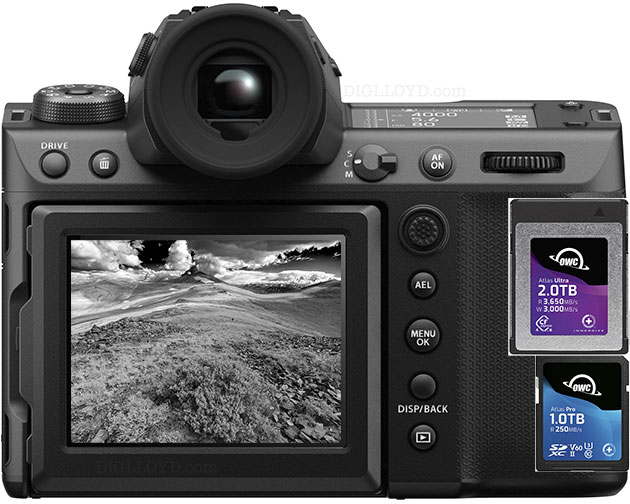
Fujifilm GF 20-35mm f/4 R WR
